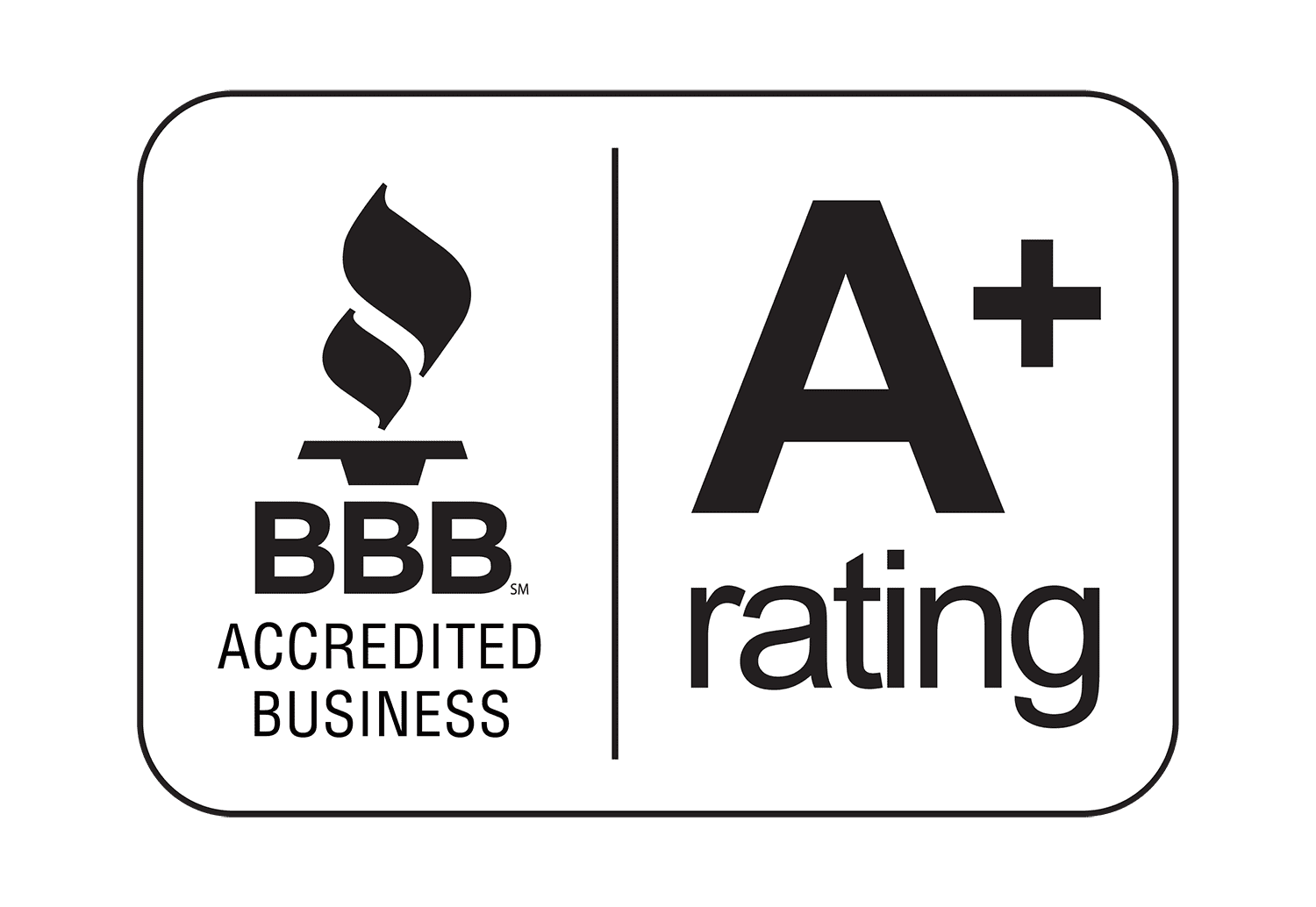For many, classic cars evoke a sense of nostalgia, a connection to automotive history, and the thrill of driving a machine from a bygone era. Beyond the passion, certain classic automobiles have proven to be compelling investment assets, offering the potential for significant appreciation while providing tangible enjoyment. Navigating the classic car market as an investor requires understanding market dynamics, condition assessment, and the crucial role of proper maintenance.
This guide provides a strategic framework for collecting classic cars with an eye towards investment, offering insights into market segmentation, condition standards, restoration considerations, and essential maintenance practices for preserving value.
Market Segmentation Analysis Across Different Eras and Categories
The classic car market is diverse, segmented by era, type, and origin. Understanding these segments is key to identifying potential investment opportunities.
- Pre-War Classics (Pre-1940s): These are the earliest collectible cars, often characterized by their historical significance, rarity, and unique engineering. Value is heavily influenced by provenance, originality, and historical importance.
- Post-War American Icons (1950s-1970s): This era includes iconic American muscle cars, cruisers, and sports cars. Demand is often driven by nostalgia and cultural significance. Condition and originality are important, but well-executed What is a Restomod? The New Take on Classic Cars can also be highly valued.
- European Sports Cars (1950s-1980s): This segment features desirable models from manufacturers like Ferrari, Lamborghini, Porsche, Jaguar, and Aston Martin. Rarity, racing pedigree, design, and condition are critical value factors. The rivalry between Lamborghini vs Ferrari: Which Italian Supercar Reigns Supreme is a key dynamic here.
- Modern Classics (1980s-2000s): More recent cars are entering the classic market, often characterized by their blend of analog driving feel and early electronic technology. Limited production runs and performance models are often sought after. This bridges the gap to the Evolution of Supercars: From Classic Icons to Modern Engineering Marvels.
- Emerging Classics: Certain vehicles from the late 1990s and 2000s are beginning to show collector interest, offering a more accessible entry point into the market.
Each segment has its own market drivers, typical price ranges, and collector base.
Condition Grading Standards and Valuation Impact Assessment
The condition of a classic car is paramount to its value. Various grading systems exist, but they generally assess the vehicle based on its overall state of preservation and functionality.
- Concours Quality (Grade 1): Essentially perfect, often better than new, meticulously restored or exceptionally well-preserved original cars. These command the highest prices.
- Excellent (Grade 2): Fully functional and visually impressive, may have minor, almost undetectable flaws. Suitable for show and regular driving.
- Good (Grade 3): A well-maintained and presentable car that is fully operational and enjoyable to drive. May have visible wear or minor imperfections.
- Fair (Grade 4): A car that is operational but requires significant repairs or restoration to improve its condition.
- Poor (Grade 5): A non-operational car requiring extensive restoration.
The difference in value between grades can be substantial. A car’s originality also plays a key role; highly original cars in good condition are often more valuable than those that have been heavily modified or poorly restored. Understanding Why Vintage Cars Matter often involves appreciating their original state.
Restoration Approach Comparison and Value Impact Analysis
When a classic car is not in concours or excellent original condition, restoration is often necessary. The approach to restoration significantly impacts value.
- Concours Restoration: A meticulous, body-off restoration aiming for absolute historical accuracy and perfection. This is the most expensive type of restoration but can yield the highest values for rare and desirable cars.
- Driver-Quality Restoration: A restoration focused on making the car mechanically sound and visually presentable for regular driving. It may not be historically perfect but is enjoyable and reliable.
- Preservation: Maintaining a car in its original, unrestored condition, preserving its patina and history. Highly original, well-preserved cars are increasingly valued by collectors.
- Restomod: As discussed previously, this involves modernizing a classic car’s mechanical components while retaining its classic appearance. A high-quality restomod can be very valuable, appealing to those who want modern performance with vintage style.
The “correct” restoration approach depends on the specific car, its rarity, its original condition, and the owner’s goals (investment vs. driving enjoyment). Poorly executed restorations can significantly decrease value.
Maintenance Requirement Framework for Long-Term Preservation
Proper and consistent maintenance is crucial for preserving a classic car’s condition and value. Classic cars often require more specialized care than modern vehicles.
- Regular Servicing: Adhering to a strict maintenance schedule, including oil changes, fluid checks, and inspections of key components.
- Specialized Knowledge: Many classic cars require mechanics with specific knowledge of their era and engineering.
- Parts Availability: Sourcing genuine or high-quality reproduction parts can sometimes be challenging and expensive.
- Storage: Proper storage is essential to protect against rust, degradation of materials, and environmental damage. Climate-controlled Asset Storage is ideal for valuable classics.
- Driving: While storage is important, regular driving helps keep components lubricated and functional. However, it also exposes the car to wear and tear. Finding the right balance is key.
Maintaining detailed records of all maintenance and repairs is also vital for documenting the car’s history and care, which contributes to its provenance and value (see Certification and Documentation: Why Provenance Matters for Luxury Investments).
Appreciation Factor Identification Across Marques and Models
Several factors contribute to a classic car’s potential for appreciation:
- Rarity: Limited production numbers or rare specifications increase desirability.
- Desirability: Iconic design, historical significance, and cultural impact drive demand.
- Performance: Cars with strong performance credentials, especially those with racing history, are often highly sought after.
- Marque and Model Reputation: Cars from prestigious manufacturers with a strong collector following (e.g., Ferrari, Porsche, Mercedes-Benz, specific American muscle car models) tend to perform well.
- Condition and Originality: As discussed, top condition and originality are key drivers of value.
- Provenance: A well-documented history, especially with notable previous owners or racing history, can significantly enhance value.
Researching market trends, auction results, and consulting with classic car specialists are essential for identifying models with strong appreciation potential.
Leveraging Classic Car Assets
For owners of valuable classic cars, there are options for leveraging their asset without selling it. Luxury & Classic Car Loans allow owners to unlock liquidity using their vehicle as collateral. This can be a useful strategy for accessing funds for other investments, business needs, or personal expenses while retaining ownership of the car.
Conclusion: Driving Passion and Value
Collecting classic cars is a pursuit that marries passion with potential financial reward. By understanding the nuances of the market, prioritizing condition and authenticity, making informed decisions about restoration, and committing to diligent maintenance, collectors can build a portfolio of classic automobiles that not only provide immense driving pleasure but also appreciate in value over time. Whether drawn to pre-war elegance, American muscle, or European sports car prowess, the world of classic car investment offers a tangible and exciting avenue for diversifying a luxury asset portfolio.




